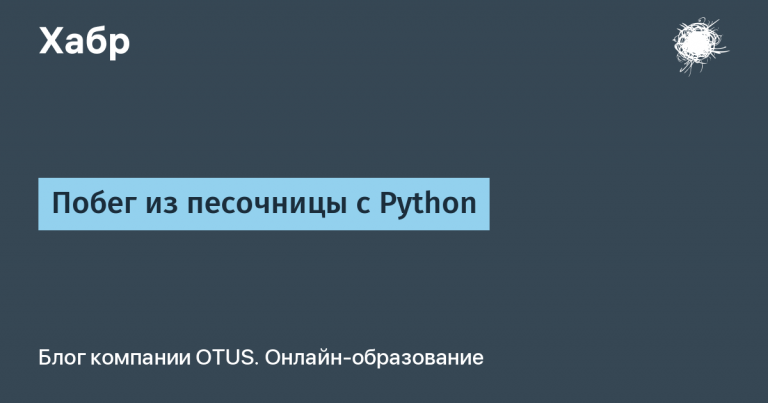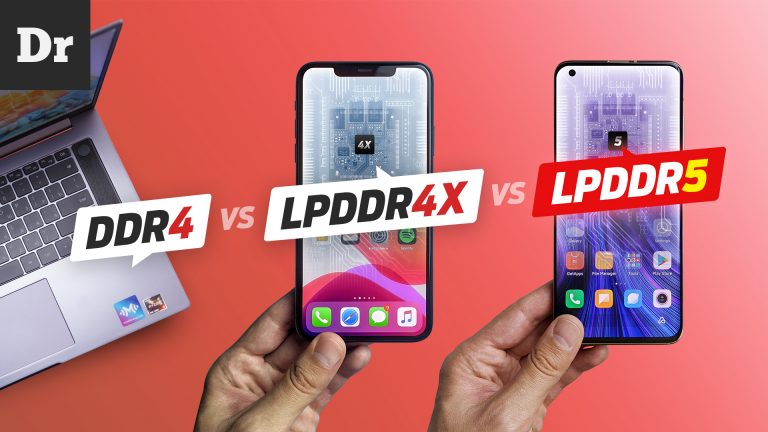Boron Trifluoride for Semiconductors: Patent Analysis

We continue to talk about various chemicals, their use in electronics and, of course, the patent aspect. This time we will talk about BF3 of purity 5 and 6 “nines”.
Where is boron trifluoride used?
Poisonous boron trifluoride has found application in microelectronics, integrated circuit manufacturing, oil refining and scientific research. Being an excellent reagent and catalyst for organic synthesis, Lewis acid (as boron trifluoride is sometimes called) is irreplaceable in the polymerization of ethers, unsaturated hydrocarbons and some gases. Addition of acyl groups or hydrocarbon radicals to benzene and its homologues together with BF3 gives fewer impurities (Friedel-Crafts reaction) and helps to obtain more coordination compounds. In the presence of this gas, high-quality formation of carboxylic acid (alkyl alcohol + carbon monoxide), amide (in the process of alkyl nitrile hydrolysis), esters (alkene + carboxylic acid) and a large list of other reactions valuable for industry occurs.
In addition, boron trifluoride is used:
In the removal of sulfur and cracking of crude petroleum products;
In ionization chambers, when conducting neutron measurements, due to the ability of the nucleus to emit α-particles and remove neutrons;
For fumigation of warehouse and industrial complexes;
Boron threads are in demand in the production of fiber optic products;
As a soldering flux for magnesium and to extinguish magnesium fires, etc.
The scope of application of gaseous boron trifluoride also includes processes of molecular exchange, synthesis of isomers, cyclization, condensation and multi-stage processing of natural chemical products.
BF3 in combination with aqueous hydrofluoric acid forms tetrafluoroboric superacid. Therefore, to obtain such an aggressive substance, a special technology is required that can produce a sufficient amount of material with minimal energy consumption and the preservation of expensive equipment.
There are three main methods for synthesizing boron trifluoride:
Reaction hydrogen fluoride + boron oxide;
Interaction of fluorine and boron;
Fusion of boric anhydride and potassium tetrafluoroborate.
In marketing research Electronic Grade Boron Trifluoride Market, Global Outlook and Forecast 2023-2032 distinguishes three grades of “electronic TBF”: 4N; 5N; Above 5N.
Major players include Stella Chemifa, UBE Industries, Honeywell, Showa Denko, Borman Speciality Materials, Arkema, Entegris, Dalian Special Gases, Beifang Teqi and Huate Gas.
In another research Global Boron Trifluoride Market Report By Grade (Purified, High Purity), By Application (Catalyst, Reagent, Others), By End-use (Semiconductor Manufacturing, Chemical Manufacturing, Pharmaceuticals, Others) And By Regions – Industry Trends, Size, Share, Growth, Estimation and Forecast, 2023-2032 The global market was $273 million in 2023. This document forecasts 6% growth to $467 million in 2033.
Patent aspect
The Google.Patents portal lists 68,293 documents for the term Electronic Grade Boron Trifluoride as of October 2024. The TOP 5 patent holders are:
Mitsubishi Gas Chemical Company (三菱瓦斯化学株式会社) – 2%;
Asahi Kasei (The idea of a sci-fi movie) – 1.8%;
Sichuan EM Technology四川东材科技集团股份有限公司) – 0.9%;
Toray Industries (Chinese people) – 0.9%.
As you can see, Japanese companies are the undisputed leaders. An American company is in third place, and a Chinese company is in fourth. Another Japanese corporation closes our small rating.
Popular patent topics within the International Patent Classification are as follows:
compositions of high-molecular compounds C08L – 16.8%;
heterocyclic compounds C07D – 15.5%;
semiconductor devices H01L – 11.9%;
high-molecular compounds obtained by reactions involving only unsaturated carbon-carbon bonds C08F – 11.6%;
acyclic and carbocyclic compounds C07C – 10.7%;
the use of inorganic or low-molecular organic substances as components for compositions based on high-molecular compounds C08K – 10.2%;
therapeutic activity of chemical compounds or drugs A61P – 8.8%.
As we can see, electronics (semiconductor devices H01L) ranks 4th in popularity, while the first three relate to organic synthesis.
And what about Russia?
The FIPS database for “boron trifluoride” contains 51 Russian patents for inventions, of which 10 are valid, mainly on the topic of chemical synthesis of organic and inorganic substances. Examples:
No.2810167 – “Method for separating and isolating boron trifluoride and its complexes in the polymerization reaction of olefins” from the Chinese “Petrochina Company Limited”;
No.2824597 – “Method for producing 2,4-dialkylbenzaldehyde” from Mitsubishi Gas Chemical Company (Japan);
No.2813633– “Method for producing poly(2-ethyl-3-methylindole)” from the “Ufa Federal Research Center of the Russian Academy of Sciences”.
As you can see, Mitsubishi has managed to shine in Russia as well. The Japanese concern protects its intellectual property in various jurisdictions, which is commendable.
But let's return to Russian patents. On semiconductor devices (subclass H01L) there is not a single one, neither valid nor invalid Russian patents for inventions. There are also no applications for inventions on boron trifluoride.
There are no Russian patents for utility models in the FIPS database for “boron trifluoride”.
There are no databases, computer programs or integrated circuit topologies.
In 2022, JSC V.G. Khlopin Radium Institute (St. Petersburg) announced research and development work for 16 million rubles on the topic of “Development of methods for chemical conversion of the product of extraction of the isotope boron-10 (boric acid) into feedstock (boron trichloride and boron trifluoride) for the process of laser enrichment of boron”, obviously in the interests of Rosatom State Corporation (isotope boron-10 is used to produce control and protection rods for nuclear reactors).
Conclusion
Patent analysis indicates the absence of boron trifluoride use in Russian civilian electronics. A similar conclusion is reached by examining open purchases of this substance in the Russian Federation.
At the same time, certain competencies have been accumulated in the Rosatom State Corporation. In particular, the Electrochemical Plant produces isotopically pure boron-11 trifluoride with pure “3 nines”, which can be used in the semiconductor industry for the production of memory chips, and also as a neutron-transparent material in electronics.
Potentially, cooperation with friendly Chinese organizations is also possible. Licensing of patents of the same Mitsubishi does not seem possible in the short term.
Free search, monitoring and registration of trademarks and other intellectual property objects.
More content about intellectual property in our Telegram channel





